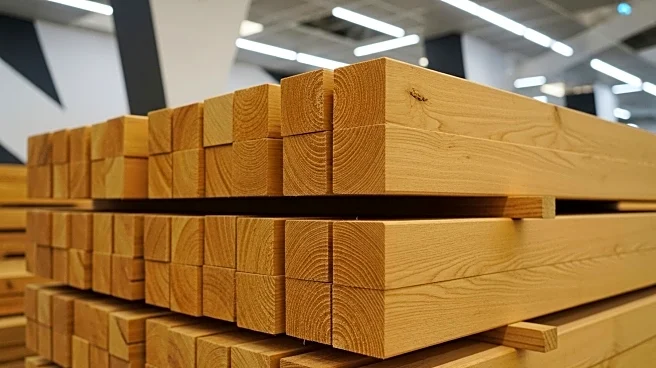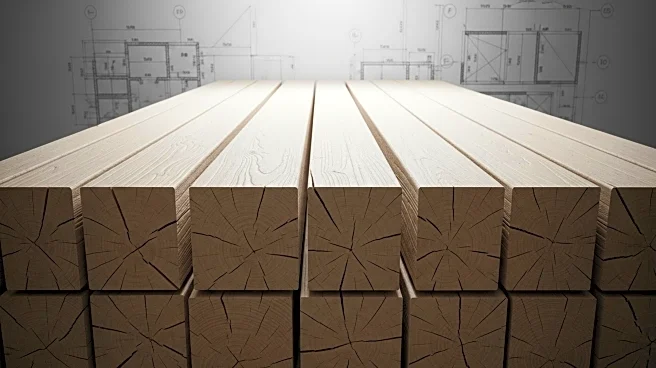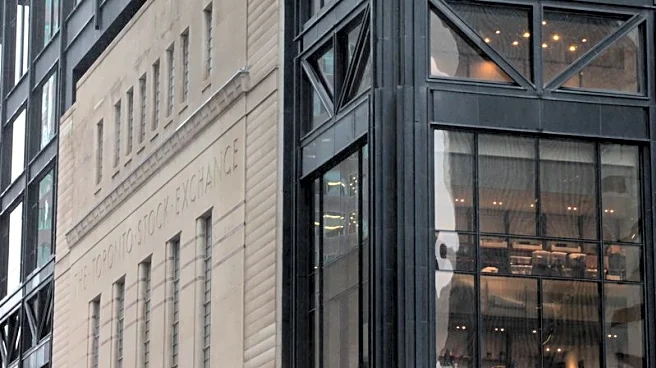What's Happening?
Mass timber construction is gaining popularity due to its environmental benefits and efficiency in building processes. It is lighter than concrete, faster to assemble than steel, and stores carbon, making it attractive for developers and policymakers. However, concerns about fire safety remain. Mass timber behaves differently in fires compared to traditional materials like steel and concrete. It forms a char layer that insulates the interior, preserving structural integrity. Recent fire tests have shown that mass timber can achieve fire ratings of one to two hours, and full-scale compartment burns have demonstrated that timber structures can withstand fires without collapsing. Building codes have started to incorporate these findings, allowing taller timber buildings with specific fire safety measures.
Why It's Important?
The adoption of mass timber construction has significant implications for the construction industry and environmental policy. It offers a sustainable alternative to traditional building materials, potentially reducing carbon emissions and supporting climate goals. The ability of mass timber to meet fire safety standards is crucial for its acceptance in the market, influencing insurance costs and regulatory approvals. As more data becomes available, insurers may adjust premiums, making mass timber projects more economically viable. This shift could lead to increased use of timber in urban development, promoting sustainable building practices and reducing reliance on carbon-intensive materials like steel and concrete.
What's Next?
Further research and real-world data collection are needed to refine fire safety standards for mass timber. This includes studying the performance of connections and the repairability of charred timber. As the industry scales, collaboration between regulators, insurers, and developers will be essential to ensure safety and economic feasibility. Canada, with its large forestry sector, has the opportunity to lead in mass timber construction by harmonizing standards with the U.S. and funding more fire tests. This could enhance confidence among stakeholders and accelerate the adoption of mass timber in construction projects.












